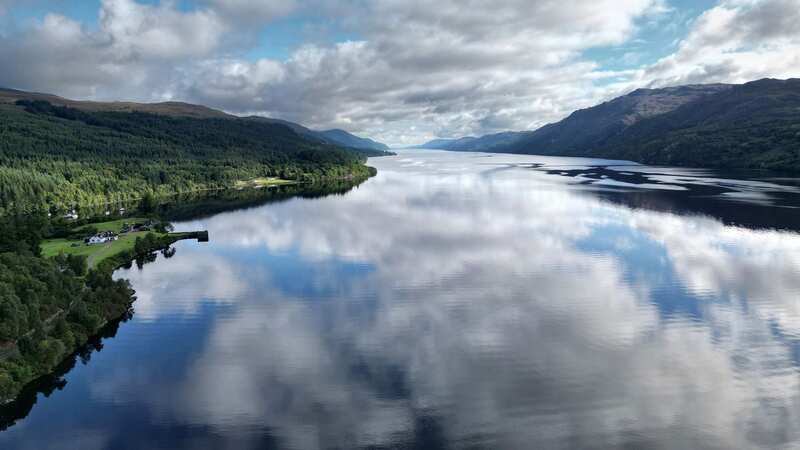The incredible 1933 photo that sparked craze to hunt for Loch Ness Monster

The legend of the Loch Ness Monster has fascinated people all around the country for generations - and every year, new alleged sightings are reported in Scotland.
The earliest report of a strange water creature in the famous loch dates back to 565AD. According to a 7th-century biography of Saint Columba, that year the monster bit a swimmer and was about to attack another man when she intervened, ordering the beast to "go back".
In the following centuries, only occasional sightings were reported and many encounters appeared inspired by Scottish folklore, which abounds with mythical water creatures. But the search for the monster - commonly referred to as Nessie - became more active 90 years, when Hugh Gray took a photo of Loch Ness during his usual walk after church on Sunday, November 12, 1933.
 Over the years, there have been several alleged sightings of Nessie (Getty Images)
Over the years, there have been several alleged sightings of Nessie (Getty Images)Mr Gray later told the Scottish Daily Record that he had noticed "an object of considerable dimensions" emerging two or three feet out of the water not far from him. He snapped several photographs of what appeared to be an animal-like tail before sinking out of sight.
When recounting his experience, Mr Gray shared the only photo he took that day that developed, as he believed he had captured the creature on camera for the first time. His photo helped fuel interest in the search for the creature, not only in the UK, but around the world.
 Furious chimp launches bottle at girl filming him leaving her bleeding at zoo
Furious chimp launches bottle at girl filming him leaving her bleeding at zoo
Roland Watson, who analysed Mr Gray's photo in an article published last year in the Journal of Scientific Exploration, said: "The photo kicked off the modern era of [Nessie] hunting. Up until then, it was just a local mystery. Ninety years on, Gray's photo is still seen as one of the best."
In 2023 alone, there have been nine recorded sightings of Nessie - and even if it is a significant number, it is lower than the total tally in previous years. It is believed this is down to a tightening of the rules and not because people no longer think the legend is swimming in the deep.
 The famous Loch Ness in Fort Augustus, Scotland (Getty Images)
The famous Loch Ness in Fort Augustus, Scotland (Getty Images)Tough criteria over webcam sightings has seen less sightings accepted from Nessie Hunters who refuse to give up hope that the creature of Scottish folklore does exist. The last lodged report was on August 31 after Fiona Wade, who was visiting the area with family, reported seeing something in the water similar to a report by Alastair Gray days before.
She said: "It was almost identical to that seen on Saturday and probably in a very similar location, I might add that I was not aware of this sighting on Saturday until returning home this evening. It initially looked like a periscope but then two curved areas followed, it was moving and about half way out in the Loch looking roughly over to mid way between Foyers and Whitebridge.
"I have seen deer crossing before but this was like nothing I have seen before and I can only describe it as Nessie as I can't think of any logical thing it could have been. It was large enough to catch my eye and it appeared to leave a slight wake behind it". She says it lasted between 30 and 40 seconds before whatever it disappeared.
It was the fourth sighting that month. Steve Valentine, visiting from Urmston in Manchester, was on holiday with his family when he saw something from a boat. He said: "I just saw a black shape in the water. It was when we were returning to the dock near to Urquhart Castle. I lost sight of it when the boat turned, but managed to get a quick photo from a distance."
Read more similar news:
Comments:
comments powered by Disqus

































